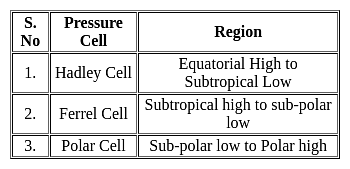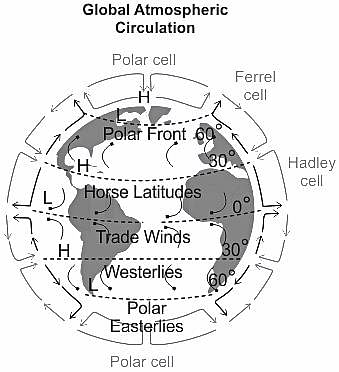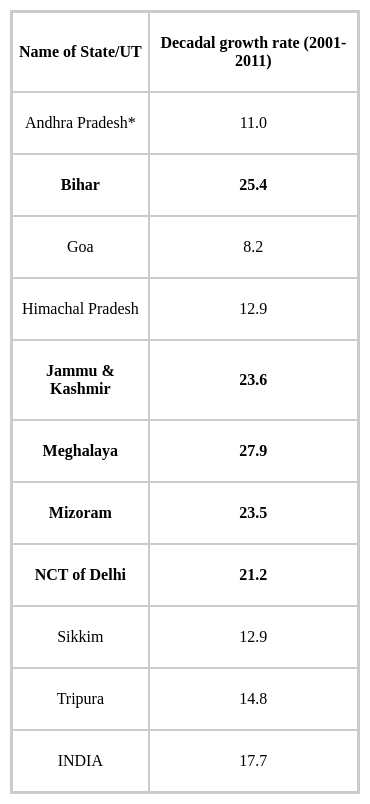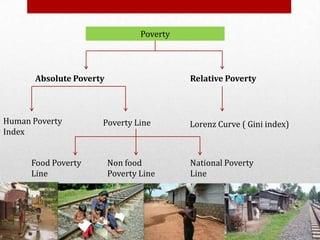KVS TGT Social Science Mock Test - 5 - KVS PGT/TGT/PRT MCQ
30 Questions MCQ Test - KVS TGT Social Science Mock Test - 5
Fill in the blank with the correct option.
Robert goes to the gym only two or three times a year. He ________ goes to the gym.
Choose the correct option to mark the synonym of the words given in the question.
Vehement
| 1 Crore+ students have signed up on EduRev. Have you? Download the App |
Who was the first Indian male to receive the Bharat Ratna, India's highest civilian award?
Which company's rocket was used to launch the TSAT-1A satellite?
Directions: Each of the following consists of a question and two statements numbered I and II given below it. You have to decide whether the data provided in the statements are sufficient to answer the question:
How is ‘HEALTHY’ written in that code language?
Statement I: In a certain code language, EATING is written as HDRLLE.
Statement II: In a certain code language, REPLACE is written as PHNJDAH.
Sarva Shiksha Abhiyan tries to involve which of the following association?
I. Parent Teacher Association (PTA)
II. Mother Teacher Association (MTA)
The following question consists of two statements: Assertion (A) and Reason (R).
Which of the following options is correct regarding these statements?
A: Zollverein was formed in 1834 by the efforts of Prussia and German states.
R: Zollverein diminished the number of currencies and terminated tariff barriers.
Consider the following pairs

How many of the above pairs is/are correctly matched?
Which of the following statements is/are correct regarding Democracy?
1. Democracy is the best way to accommodate social diversity.
2. Democracy always leads to the disintegration of society.
What do democracies ensure regarding decision making?
Every year on which of the following dates the 'World Consumer Rights Day' is observed globally?
Consumer Protection Act 1986 has been replaced by
The agencies of globalisation are:
1. Multinational Corporations (MNCs)
2. Nation–State
3. Media
4. Market




















